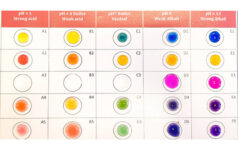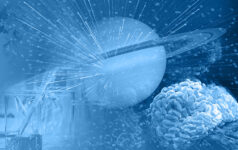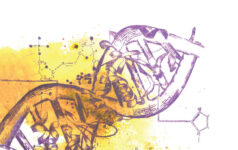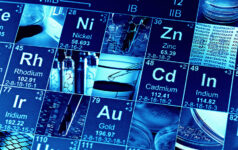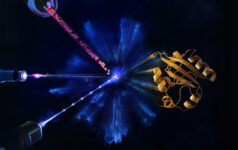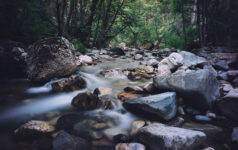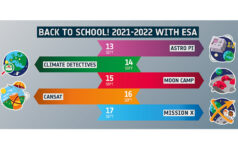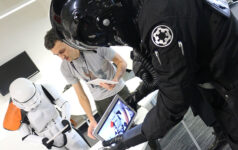
Articles
Showing 10 results from a total of 54
Drop by drop: Learn about pH chemistry and neutralization reactions, and produce wonderful colours using microscale methods that are cheap, quick, and easy.
It’s the start of a new school year and we’re back with a new issue and a brand-new website!
The PDB Art project aims to make science more accessible and inspire young people to explore the beauty of proteins by bringing together art and science.
When talking of finite resources, the chemical elements themselves are often overlooked. Learn more about elements in danger.
Capturing the moment: to use artificial photosynthesis to produce clean energy, we need to better understand it first. Learn about how X-ray free-electron lasers can help.
Need inspiration for teaching about fresh water on Earth? Try these Earthlearningideas for classroom activities that can be performed with very little equipment.
Motivate and engage your students with the interdisciplinary school projects run by the European Space Agency (ESA).
Build your own virtual particle accelerator with the aid of the acceleratAR app and gain a hands-on, immersive understanding of how these machines work.
Science fiction can be an engaging starting point for scientific discussions. Learn how one research group is using Star Wars to introduce students to accelerator science.

Little wonder: pH experiments the microscale way
Editorial issue 54
Bringing the beauty of proteins to the classroom: the PDB Art Project
Elements in danger!
Plant solar power: unlocking the secrets of photosynthesis with X-ray free-electron lasers
Watery world – hands-on experiments from Earthlearningidea
Back to School with ESA
Build your own virtual accelerator
The physics of Star Wars: introducing accelerator science






